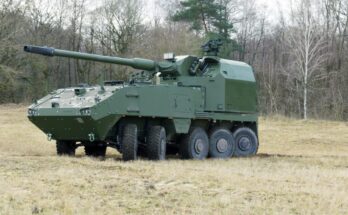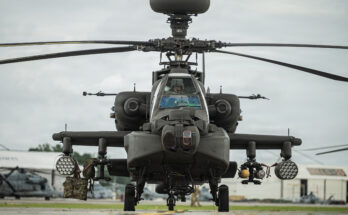
Israel may be facing the heaviest barrage of rockets fired by Gaza-based terrorists in years. Thousands of rockets are hitting indiscriminately over a wide swath of southern Israel. Israel’s Iron Dome air defense system has engaged many of these threats. Its success rate is 95 percent, according to Israeli officials. The accuracy of the Iron Dome is not the issue, but rather whether Israel’s interceptor inventory can endure this onslaught.
During two weeks of fighting in 2021, more than 4,000 rockets were launched by Hamas against Israel. The Iron Dome intercepted around 1,428 rockets that threatened “population centers or important facilities.”
Usually, the Iron Dome fires two interceptors at each threat (better to assure interception). So, Israel might have launched 2,856 interceptors in 2021. Other sources put this figure in the area of 5,000 interceptors. Even if the Iron Dome only engages rockets during the current crisis that threaten “population centers or important facilities,” a sustained campaign by Hamas could begin to strain Israel’s interceptor inventory. A saving grace for Israel is that Hamas cannot sustain a protracted war – not without outside resupply.
Even before the fighting in 2021, production of the Iron Dome interceptor had surged, more than doubling in a single year. Fabrication remained high as Israel built up its interceptor inventory. Whether this stockpile is sufficient to meet the current threat will determine if Israel funds another boost in interceptor procurement.
For more than 35 years, Larry has been involved in research and analytical work for various Forecast International projects. He has contributed to the Airborne Electronics Forecast and was chief editor on the World Aerospace Weekly newsletter. Larry was directly responsible for the creation of World Weapons Review, a biweekly industry market research publication specializing in weapon systems and related material. He was the creator of Unmanned Vehicles Forecast, launched to cover the growing market for civil and military drones, and was involved in the development of the Airborne Retrofit & Modernization Forecast service. He is currently responsible for the Missile Forecast and for FI's two Unmanned Vehicles Forecast services – Airborne Systems and Land & Sea Systems.




